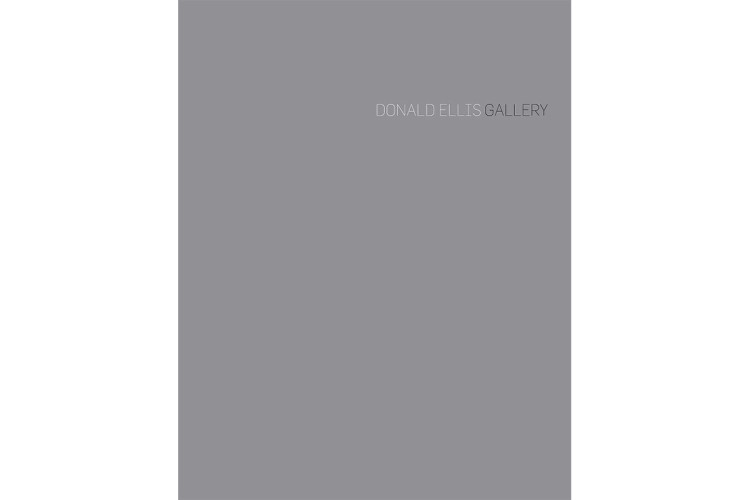
Six Best Booths at TEFAF New York 2023
Artnet has selected a monumental pair of Haida lions as one of six highlights from TEFAF New York 2023
ca. 1840
red spruce or cedar, iron nails
length: 44"
Inventory # CN3848
Please contact the gallery for more information.
These carvings have been Carbon-14 dated at 95.4% probability 1729–1812
Judy Dodge, Katonah, NY
James Weatheral, New York, NY
James Kronen and Joel and Kate Kopp, New York, NY
George Terasaki, New York, NY
American Indian Art Magazine, Winter, 1978
Steven Brown, Transfigurations: North Pacific Coast Art, George Terasaki, Collector, Seattle: Marquand Books, 2006, fig. 87
Donald Ellis Gallery catalogue, 2012, pl. 50
The Provincial Museum, Victoria, No. 2876 - See: Marcel Evrard et al., Masterpieces of Indian and Eskimo Art From Canada, Paris: Societe des Amis du Musee de l’Homme, 1969, pl. 57, for a mask appearing to represent a lion or lynx, collected at the village of Metlakatla, BC, in 1916
British Museum, London, No. 1896.1201 - See: Robin Wright, Northern Haida Master Carvers, Seattle: University of Washington Press, 2001, pg. 290, fig. 5.55, for a monumental wood carving of a sphinx by Simeon Stilthda
University of British Columbia Museum of Anthropology, No. A1776 - See: Harvey Reginald MacMillan, Northwest Coast Indian Artifacts From The H.R. MacMillan Collections, Vancouver: University of British Columbia Press, 1975, pg. 31, fig. 19 for a monumental angel carved by Freddy Alexei in 1886
Northwest Coast carvers were occasionally asked to produce specific items or objects, such as house or totem pole models, or as in this case, a matched pair of African lions (British style). Carving most likely from a photograph or book illustration, the artist has rendered a totally foreign subject in a manner that combines naturalism with some traditional Northwest Coast style facial features. They present a somewhat startling and engagingly benign personification of a powerful carnivore. The style of the work appears to be from the northern Northwest Coast, but a specific tribal style in not obviously apparent. The nose, whiskers, and mane are fairly naturalistic, while the stylization of the eyes, eyebrows, and mouth most identify the Northwest Coast origin. The faces are very mask-like, in profile revealing a curved line from forehead to nose to chin. This suggests the northern coastal origin, as southern mask profiles are generally more linear. The nature of the mouth/chin area and its relationship to the eye socket suggest a Haida or Coast Tsimshian artist.
The flowing mane and tufted tail tip are handled in part like the pseudo-European foliate carving of some silver and gold Native bracelets, with their characteristic bevels, ridges, and short dash cuts. The recurved and pierced-through tail and tuft are not unlike some aspects of early argillite carvings. Perhaps this artist also was a bracelet or argillite carver, further suggesting Haida origins for the pieces.
Each of the lion’s legs is added on with iron fasteners, and some effort has been made to give the impression of non-static motion. The limbs are set at slightly differing angles as if the lions are taking a step. The sculpture of the faces has captured a very poignant and enigmatic expression. Very lifelike, not really fierce, they appear confident and curios about the new world for which they have been created.

Artnet has selected a monumental pair of Haida lions as one of six highlights from TEFAF New York 2023

Apollo magazine has highlighted a pair of carved Haida lions as one of the stand-out works from TEFAF New York Spring 2023

$45.00 USD